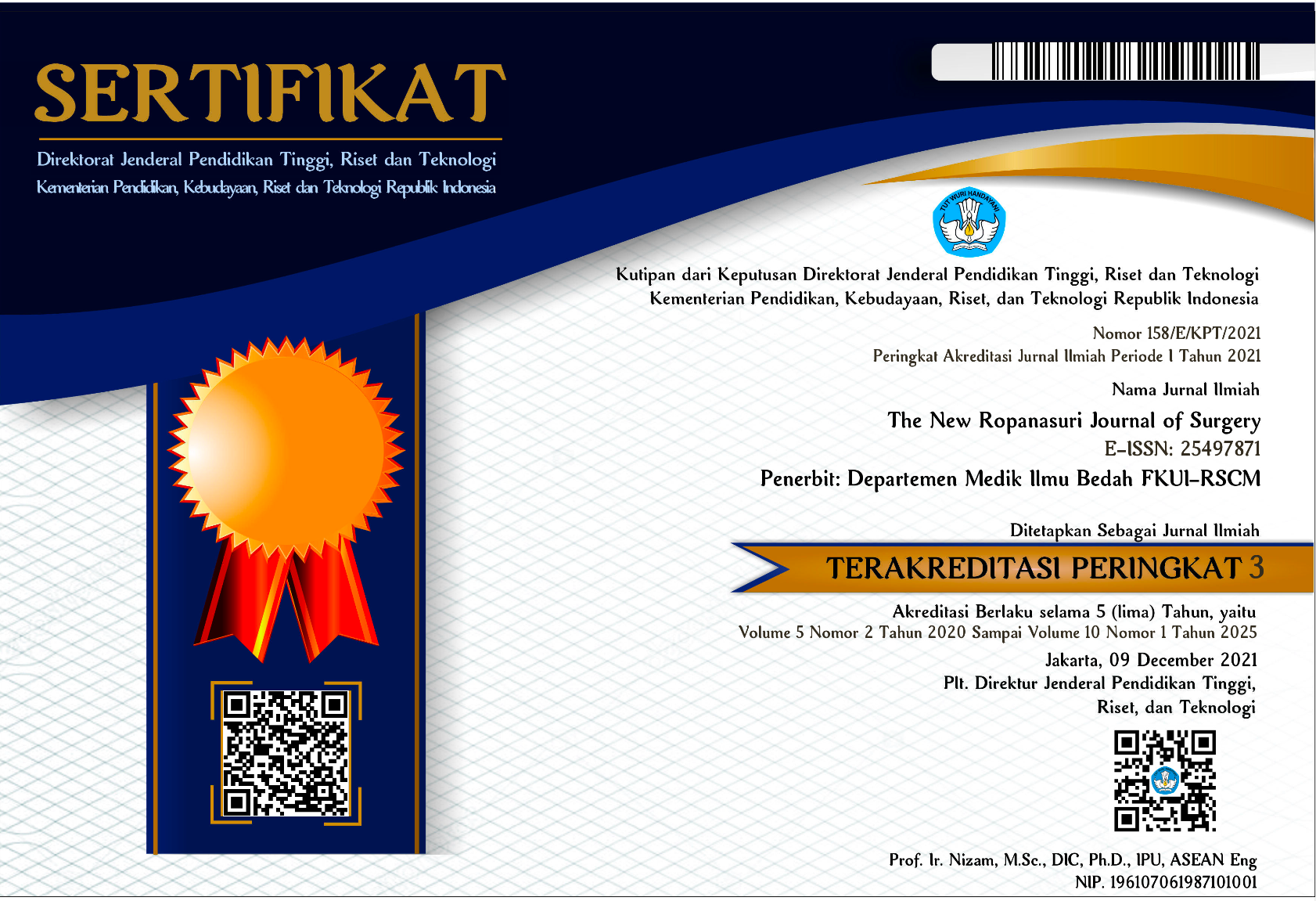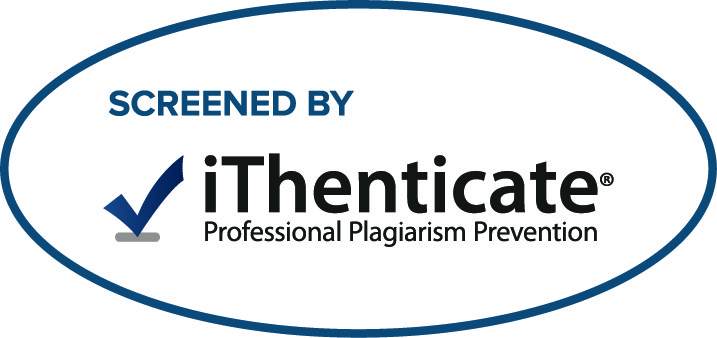Abstract
Introduction. Acute limb ischemia (ALI) is a severe condition affecting the extremities and the patient’s survival that requires immediate treatment. It can be treated with either surgical or endovascular revascularization or both (hybrid procedure). It is crucial to evaluate the defect using intraoperative fluoroscopy or angiography in each case. The review aimed to find out the outcomes of the thrombectomy with intraoperative fluoroscopy for ALI Rutherford IIb.
Method. According to the PRISMA protocol, the literature search proceeded in online databases, i.e., Cochrane, Scopus, PubMed, and EBSCOhost, with no year limitation on the publication. All articles were screened and critically appraised. Five eligible articles enrolled in this study with 269 patients ALI Rutherford IIb. All selected articles are cohort studies, including prospective and retrospective.
Results. The endovascular intervention (with intraoperative fluoroscopy assistance) showed lower mortality and morbidity than open thrombectomy – however, no difference between open and hybrid thrombectomy in mortality rate. In addition, morbidities such as amputation and limb salvage showed no difference significantly between these interventions. Open thrombectomy has a high risk of mortality and amputation. Meanwhile, the endovascular intervention likely showed a risk of reocclusion, thus, requiring a conversion to open thrombectomy.
Conclusion. Intraoperative angiography during open thrombectomy may reduce complications of postintervention reocclusion.
Recommended Citation
Angkoso, Heru and Pratama, Dedy
(2022)
"Review: Conventional Thrombectomy with Intraoperative Fluoroscopy in Acute Limb Ischemia Rutherford IIb,"
The New Ropanasuri Journal of Surgery: Vol. 7:
No.
1, Article 9.
DOI: 10.7454/nrjs.v7i1.1122
Available at:
https://scholarhub.ui.ac.id/nrjs/vol7/iss1/9
Included in
Other Analytical, Diagnostic and Therapeutic Techniques and Equipment Commons, Surgery Commons, Surgical Procedures, Operative Commons













